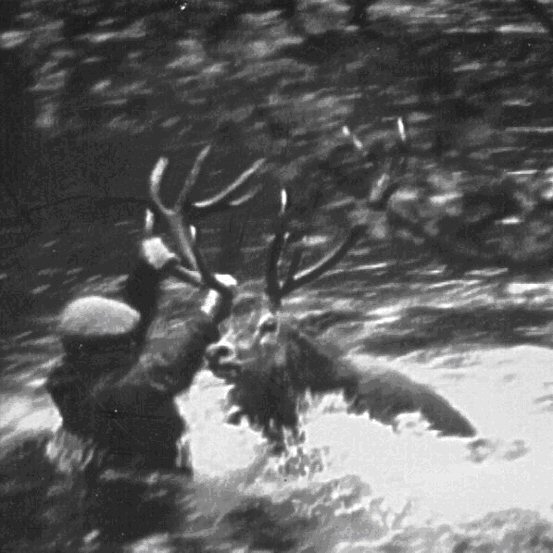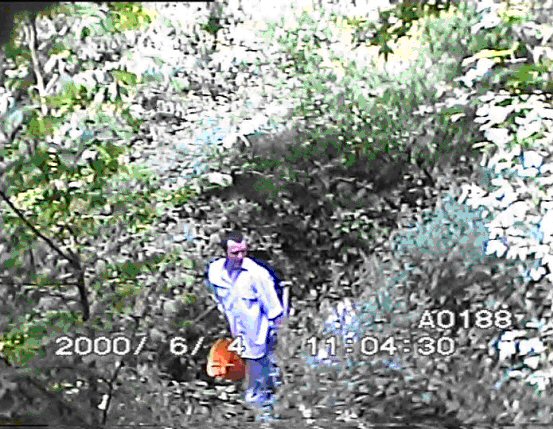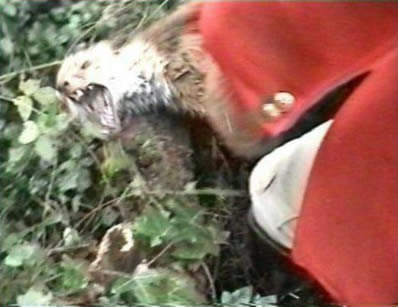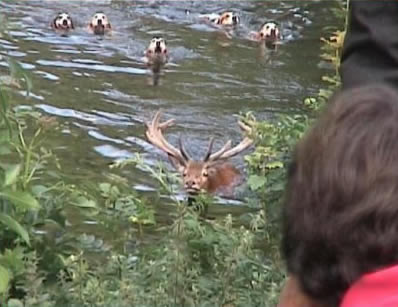A Brief History of the Hunting Ban
Hunting wild animals with dogs for sport was banned in England and Wales in 2004.
Although the struggle to ban hunting in earnest has been with us for over a century the campaign to achieve a ban, with a real possibility of success, began in the last twenty-five years.
Previous attempts to legislate against hunting failed despite being driven with the same passion as they are today. In 1891 the Humanitarian League (HL) was formed by Henry Salt and Ernest Bell. At that time there were twenty carted deer hunts in the country. Salt and Bell decided to target one hunt with the view to closing it down. Coincidentally, Queen Victoria was apparently against stag hunting. Although a carted deer hunt disbanded it failed to have the desired domino effect on other such hunts. So the campaign to ban hunting evolved to embrace the hunting of other animals too.
Around this time hunters organised themselves to form a group to defend bloodsports. Thus the political struggle started in parliament. Tactics employed then were similar to those used in modern times, including ploys such as ‘talking out’ a Bill with the intention of ‘killing it off’.
The Humanitarian League was disbanded in 1919 and the struggle to ban hunting re-emerged with the League for the Prohibition of Cruel Sports, later to become The League Against Cruel Sports (LACS). Ernest Bell of the former HL launched the new organisation with the help of Henry Amos.
In 1931 the League decided on different tactics with the first ‘picket’ of a stag hunt. This consisted of a group of those opposed to hunting who protested at Cloutsham on Exmoor. The protest ended when their banners were torn from their hands and destroyed. The police then escorted the protestors away to their coach while hunt followers applauded. As the coach drove away it, was pelted with mud and ‘flanked’ by riders who continued the intimidation.
Hunters, observing their sport could be in danger, decided to form their own organisation to preserve hunting. The purchasing of land that included the all important ‘hunting or sporting rights’ began early in the mid 1920′s. Thousands of acres of land are controlled in this way. Supporters of stag hunting were involved in the formation of the companies to maintain hunting for the future because, even then, this barbarous recreation was under serious public pressure.
As time passed other anti-hunt figures emerged to carry on the battle against stag hunting. One such person was Edward Hemingway. Hemingway was a local journalist who methodically started to observe the West Country hunts. He was so effective that he became a target for the Exmoor hunters who, on one occasion, dragged him from a hotel in Minehead and threw him into the harbour. He clambered out only to be thrown in again!

Edward Hemingway – Image © League Against Cruel Sports
Basic technology arrived in the form of still cameras that highlighted the plight of the hunted animal, particularly stag hunting. These pictures started to reach the press and so arguably monitoring in its infancy began. The Hunt Saboteurs Association (HSA) was formed in the early 1960′s. Many of their early campaigns were in the West Country. The radical, ground-breaking and positive contribution made by the HSA to ongoing campaigns against bloodsports cannot be underestimated.Throughout the last century there was a succession of anti-hunt campaigners willing to push for a ban on hunting. They had little hope of being successful but did not sway from the set course. The eventual ban was in no small way due to their courage and enthusiasm in those early years.
During the early 1990′s the tool that eventually was to bring the full horror of hunting into the living rooms of the country was the camcorder. They were cumbersome VHS cameras that perched on the shoulder in those early days but later miniaturised into hand held video-camcorders. These cameras are with out doubt the tool that turned the tide against hunting and led directly to the ban we now have. During the period from the late 1980′s to the 2004 Hunting Act video film was instrumental in getting temporary bans of hunts and permanent bans on government land. Finally the video camera helped secure the hunting ban itself.
Sustained pressure from monitors and the Bateson report on Deer Hunting (for the National Trust) secured the demise of the New Forest Buck Hounds in 1997. This was followed by the removal of the licence to dig foxes or block badger sets and earths on Forestry and other Government land, the latter after the Labour Party was elected to government. Lightweight video cameras coupled with experienced monitors, some able to be extremely mobile, gathered the footage that made the difference. Likewise in the West Country, where film gathered in the River Barle of a stag being blasted by a shotgun on numerous occasions led to a five week ban for the stag hunt involved. Interestingly, it was observed that regularly monitored hunts became more mindful of having witness to their actions. This had the extra effect of saving animals’ lives on many occasions.

Pre-ban, ‘The Barle Stag’, blasted many times in the river. Image © KPH / League Against Cruel Sports
Terrier men were often filmed engaging in activities at the sites of artificial fox earths . One such terrier man who was filmed regularly leaving ‘offal’ type material near artificial earths and was investigated by the local Trading Standards office. Later still another terrier man was filmed entering cubs into an artificial earth in the East Midlands. He was later censured for this practice and temporarily banned from terrier work. Again in the East Midlands an earth stopper was filmed ‘hard-stopping’ a badger set for which he was convicted in the court under the Badger Act.With pressure mounting for a ban the video evidence became an almost weekly event on our screens. This evidence was submitted to the Burns Inquiry and later to the Alun Michael Hearings held in London and was instrumental in securing the subsequent ban on hunting.

Pre-ban, terrier man at artificial earths. Image © IFAW
Interestingly it also became clear the hunts that would be monitored regularly were mindful of the presence of monitors. This had the extra effect of saving animals lives on many occasions.
Hunting With Hounds After the Ban (WARNING: Graphic Content)
The Hunting Ban came into force in February 2005.
Although the spirit of the Hunting Act 2004 is clear to understand it soon became apparent the hunts were going to explore ways of using exemption clauses in the law to continue their activities to this day.
Ministry of Justice figures show that there have been over 430 convictions under the Hunting Act.
Lorraine Platt, the Co-Founder of Conservatives Against Fox Hunting, said, “The latest prosecution figures are very encouraging and show that the legislation needs to remain in place to protect wild animals.”
The pro-bloodsports Countryside Alliance is campaigning to get the Hunting Act repealed. But Lorraine goes on to say, “Nobody is above the law and people who flout the law will be prosecuted. It is extraordinary that a few people claim the legislation is unenforceable – we still have burglars flouting the Theft Act but nobody would dream of repealing that law because some people continue to break it. Let’s use common sense here.”

Pre-ban. The end for a fox on a hunt in Somerset Image © PW / IFAW
Ending with another positive note, it is clear that organised hare coursing has been seriously curtailed by Monitor-led evidence and numerous convictions in court.

 Photo Copyright © Colin Varndell
Photo Copyright © Colin Varndell

 Print Page
Print Page